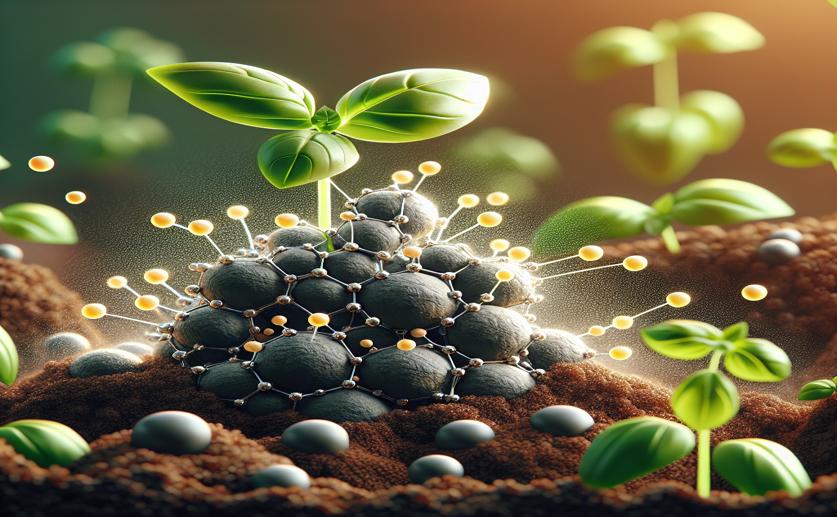
How Nanoparticles Boost Basil Seed Germination
David Palenski
21st January, 2024

Image Source: Natural Science News, 2024
AgricultureBiotechPlant Science
References
Main Study
1) Stimulating effect of biogenic nanoparticles on the germination of basil (Ocimum basilicum L.) seeds.
Published 19th January, 2024
https://doi.org/10.1038/s41598-023-50654-8



 18th January, 2024 | Jim Crocker
18th January, 2024 | Jim Crocker